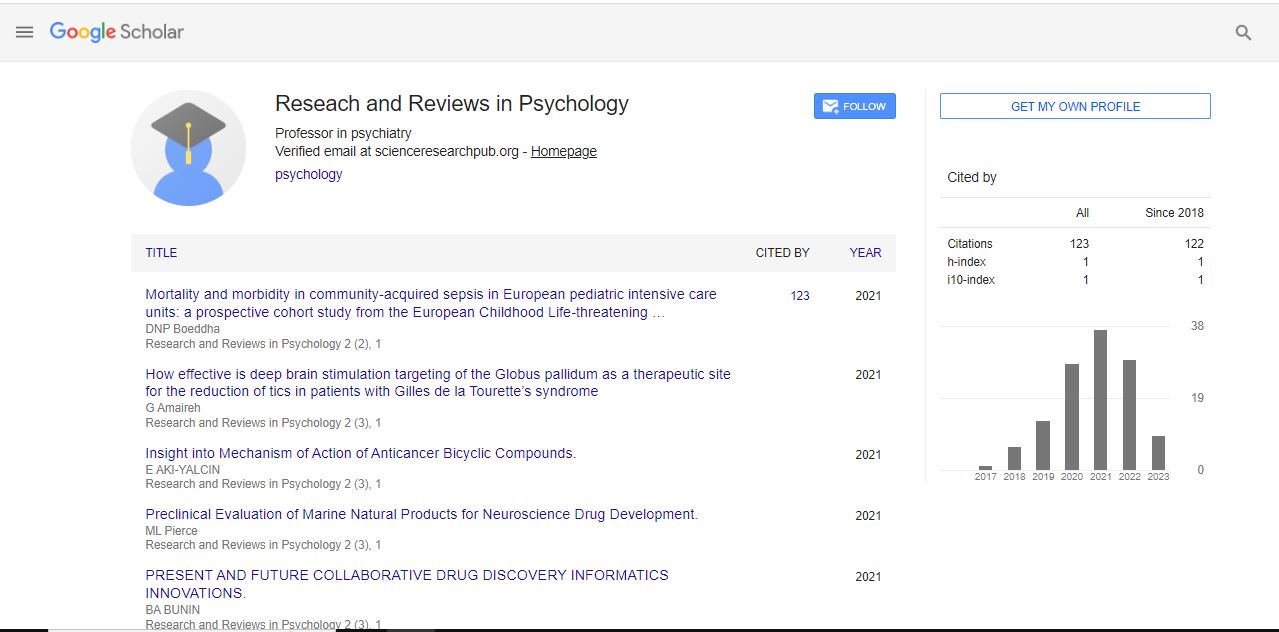Short Communication, Rrpy Vol: 0 Issue: 0
Perspective of Preclinical Toxicology in Drug Development
Pradeep Deshmukh
Pacific Toxicology Consulting, India
Abstract
Drug Discovery and Development continues to exhibit more than 90 per cent attrition mainly due to the lack of success in translating preclinical efficacy and safety data into successful human trials. The high attrition rates increase the costs. Success has a major impact in optimising efficacy, as well as pharmacodynamics (PD) and pharmacokinetics (PK) and could minimise animal studies in pre-clinical trials after proper validation. Conducting extensive preclinical toxicological tests using animals to determine the drug is likely to be safe and effective in humans is of primary importance. Data from all these tests prove drug’s safety and effectiveness. This data then submitted to Regulatory Authorities as a New Drug Application. Results from preclinical toxicology studies should, at a minimum establish a safe starting dose for clinical studies. Provide information on a drug-treatment regimen that would produce the least toxicity. Assess target organ toxicity and its reversibility and provide insight into biomarkers for clinical monitoring. Good laboratory practice -GLP is a set of principles intended to assure the quality and integrity of non-clinical laboratory studies that are intended to support research or marketing permits for products regulated by government agencies. The main aim of GLP is to help Scientists to obtain results which are: Reliable, Repeatable, Auditable and Recognised by Scientists worldwide.
Keywords: Psychiatry, Psychology
Biography:
Dr. Pradeep Deshmukh has done his Ph.D. programme from Haffkine Institute, Mumbai, India in the year 1980. He has almost 40 years of experience working in Preclinical Contract Research Organisations in India. He is expert in Toxicology, Good Laboratory PracticeGLP. He is now consultant and helping organisations to obtain GLP accreditation making them global player in safety assessment. He has published more than 50 research papers in National and International journals. He has visited US, Europe and South East Asia for business and attending conferences. He also written 3 books 1. Principles of Good Laboratory Practice, 2. Principles of Laboratory Animal Research, 3. Standard Operating Procedures
References:
• Broderick, Patricia. (2018). Sensing the epilepsy brain: a unique nanosurgical biomedical device to treat the epilepsy patient. MOJ Clinical & Medical Case Reports. 8. 10.15406/ mojcr.2018.08.00241.
• Broderick, Patricia & Wenning, L. & Li, Y.-S. (2017). Neuromolecular imaging, a nanobiotechnology for Parkinson’s disease: advancing pharmacotherapy for personalized medicine. Journal of Neural Transmission. 124. 10.1007/s00702-016-1633-
 Spanish
Spanish  Chinese
Chinese  Russian
Russian  German
German  French
French  Japanese
Japanese  Portuguese
Portuguese  Hindi
Hindi 